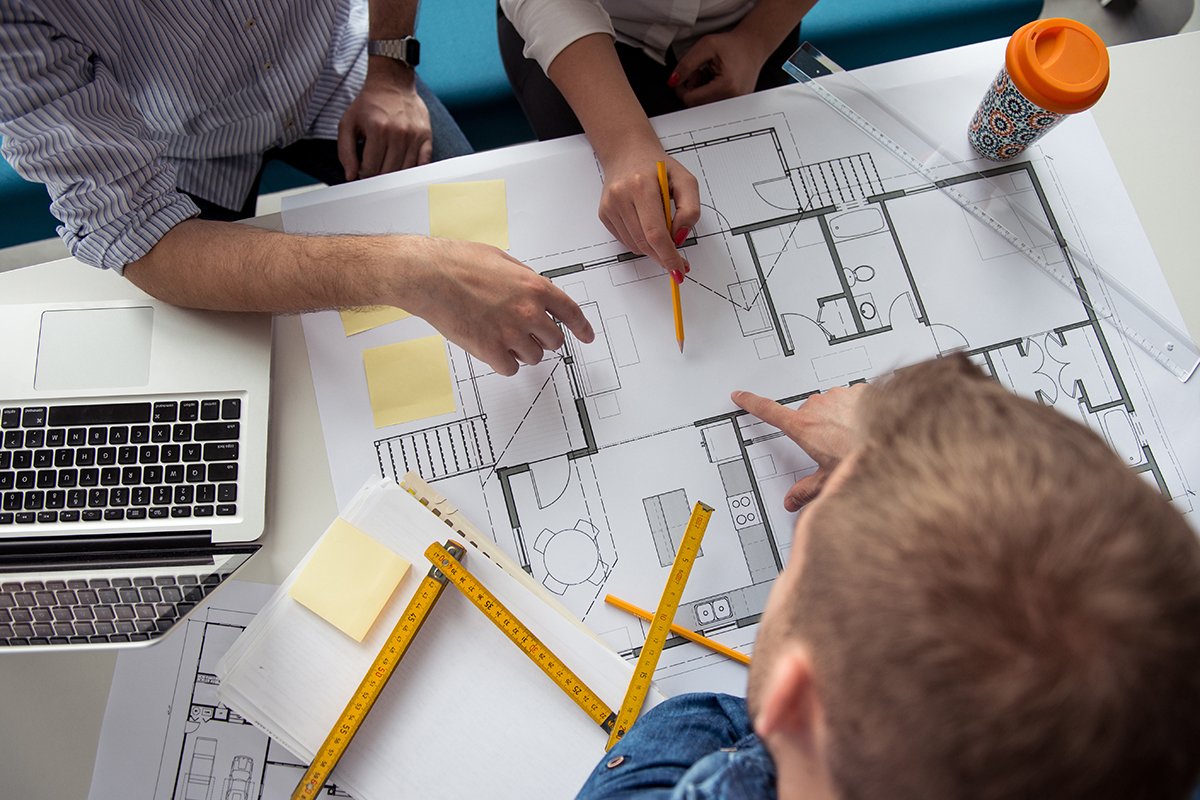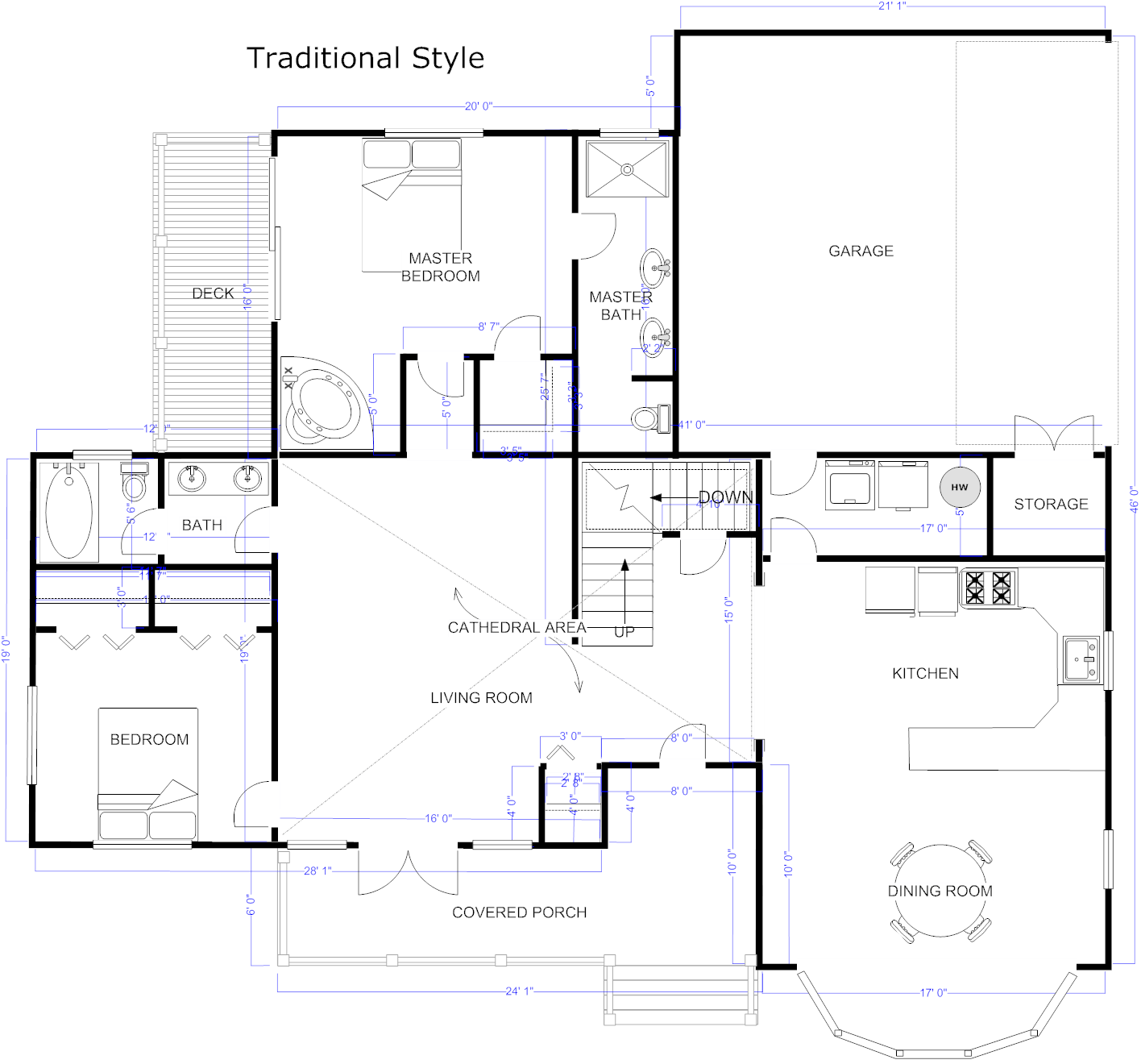Exactly How CDA Architects Provide Cutting-Edge Solutions for Lasting Design
Exactly How CDA Architects Provide Cutting-Edge Solutions for Lasting Design
Blog Article
The Crucial Duty of an Engineer in Forming Sustainable Urban Settings for Future Generations
The function of a designer in crafting sustainable city environments is increasingly essential in responding to the obstacles of environment change and urbanization. By flawlessly integrating eco-friendly concepts into their styles, architects not just boost the aesthetic and practical top quality of urban areas yet also address pressing concerns such as power effectiveness and social equity. Their proficiency in ingenious materials and community involvement forms advancements that resonate with neighborhood values and goals. As we discover the complexities of this field better, it becomes apparent that the future of metropolitan living might hinge on the actual methods engineers employ today.

Understanding Sustainable Urban Design
Lasting metropolitan layout integrates ecological principles with metropolitan planning to produce environments that are not just livable yet also resistant. This approach stresses the significance of including natural systems right into the urban fabric, making certain that development fulfills the needs of the existing without endangering the capability of future generations to meet their very own needs. Crucial element of sustainable metropolitan layout include efficient land use, the promo of biodiversity, and the assimilation of eco-friendly areas, every one of which add to boosted high quality of life for homeowners.
Additionally, sustainable metropolitan layout focuses on the reduction of the metropolitan warmth island effect, improved air high quality, and reliable stormwater monitoring. It urges the usage of renewable energies and energy-efficient structure practices, which substantially lower carbon footprints. Furthermore, sustainable metropolitan style promotes social equity by developing obtainable public areas and advertising mixed-use developments that cater to varied populaces.
With thoughtful planning and ingenious style techniques, sustainable urban environments can enhance community resilience versus environment adjustment while promoting economic development. This holistic approach not only addresses immediate metropolitan obstacles however also prepares for much healthier, a lot more lasting cities for generations to find.
Key Responsibilities of Architects
Architects play a critical role fit sustainable urban settings by converting layout principles right into substantial structures and spaces. Their responsibilities incorporate a wide variety of activities that add to the general success of metropolitan design tasks.
Primarily, designers conduct complete site evaluations to comprehend the environmental, social, and cultural context of their jobs. This fundamental understanding informs their layout decisions, guaranteeing that buildings integrate with their surroundings. cda architects. They also take part in collaborative procedures with stakeholders, including city organizers, engineers, and the community, promoting an inclusive technique to urban growth
Additionally, engineers are charged with developing styles that enhance energy effectiveness, source conservation, and performance. They need to adhere to neighborhood zoning laws, constructing codes, and sustainability certifications, making sure compliance while pressing the borders of development.
In addition, architects are accountable for taking care of the style procedure, coordinating with different specialists throughout the construction phase to ensure that the vision is understood accurately. Eventually, their function is not only about aesthetics; it is regarding producing resistant, adaptive spaces that improve the top quality of life for existing and future generations, laying the groundwork for sustainable city living.
Ingenious Products and Techniques
In the search of eco responsible design, innovative products and techniques look these up have emerged as critical components in the creation of lasting urban settings. Architects are progressively making use of products that reduce environmental influence while enhancing energy efficiency. For instance, recycled materials, such as recovered wood and repurposed steels, not just minimize waste however likewise add distinct aesthetic qualities to frameworks.
Furthermore, improvements in technology have led to the development of high-performance products, such as protected concrete forms (ICFs) and photovoltaic glass, which add to energy conservation and harness renewable resource. cda architects. Methods such as passive solar layout and eco-friendly roof coverings further exhibit exactly how architecture can harmonize with all-natural systems, decreasing reliance on fabricated heating & cooling
Moreover, the assimilation of smart products, which adapt to environmental changes, supplies appealing avenues for boosting building efficiency. These materials can reply to temperature level changes or moisture levels, optimizing convenience and sustainability.
Ultimately, the tactical selection and application of innovative products and methods encourage designers to develop urban rooms that are not only useful and visually pleasing yet also resistant and environmentally accountable, guaranteeing a sustainable future for generations ahead.

Neighborhood Involvement and Cooperation
The success of cutting-edge materials and methods in sustainable metropolitan design is substantially boosted by energetic neighborhood interaction and cooperation. Designers must recognize that the built environment her latest blog profoundly impacts the lives of regional citizens, making it essential to involve them in the layout procedure. Involving the neighborhood fosters a feeling of possession and liability, making sure that advancements not only meet aesthetic and useful demands yet likewise show the values and desires of those that occupy them.
Cooperation with varied stakeholders-- consisting of city governments, ecological teams, and locals-- enables architects to gather beneficial understandings and feedback. This comprehensive method can lead to even more sustainable remedies that address details area difficulties, such as accessibility, green areas, and power effectiveness. Moreover, by assisting in workshops and public online forums, designers can grow dialogue and understanding, which eventually enhances the style process.
Successful neighborhood involvement also aids in focusing on social equity within metropolitan advancement. By thinking about the voices of marginalized populaces, engineers can develop areas that are inclusive and fair. By doing this, community involvement and collaboration end up being indispensable to accomplishing absolutely lasting urban environments that offer the requirements of present and future generations.
Future Trends in Sustainable Design

In addition, advancements in innovation are forming future trends in sustainable style. The combination of clever materials and structure systems enables real-time power administration, enhancing performance and decreasing carbon footprints. Technologies such as eco-friendly roofing systems, living walls, and energy-generating facades are ending up being basic methods, further promoting eco-friendly equilibrium this contact form within city settings.
Furthermore, a shift towards biophilic design is getting grip, highlighting the connection in between nature and human well-being. By incorporating natural aspects, engineers create rooms that cultivate psychological health while advertising biodiversity.
Verdict
To conclude, designers are pivotal in progressing lasting city settings through their experience in design, innovative products, and community involvement. By focusing on energy performance and source preservation, these experts add to the production of resistant city rooms that meet the requirements of present and future generations. The assimilation of eco-friendly principles not only improves livability however additionally cultivates social equity, guaranteeing developments resonate with the worths and desires of the areas they offer.
Report this page